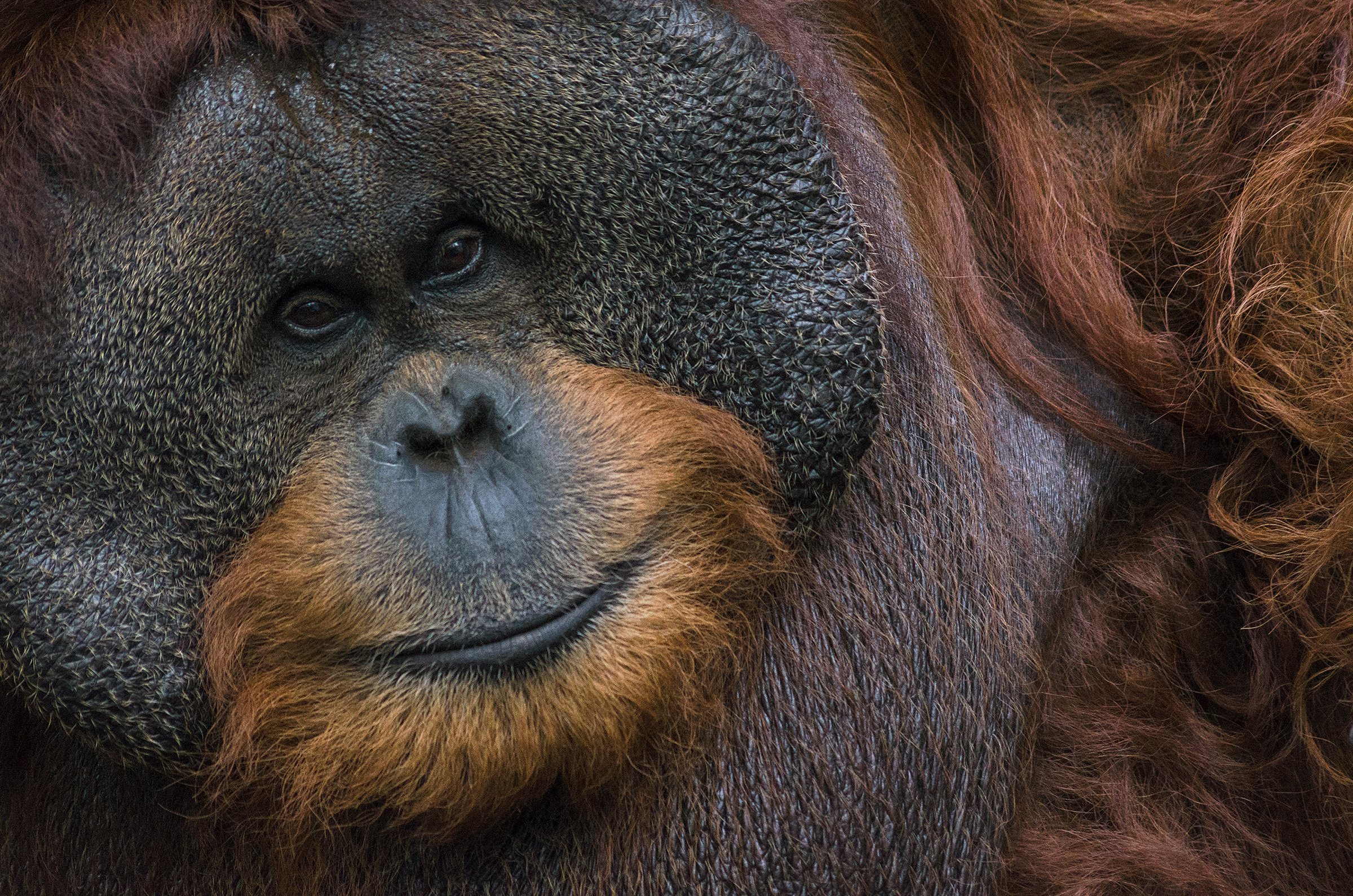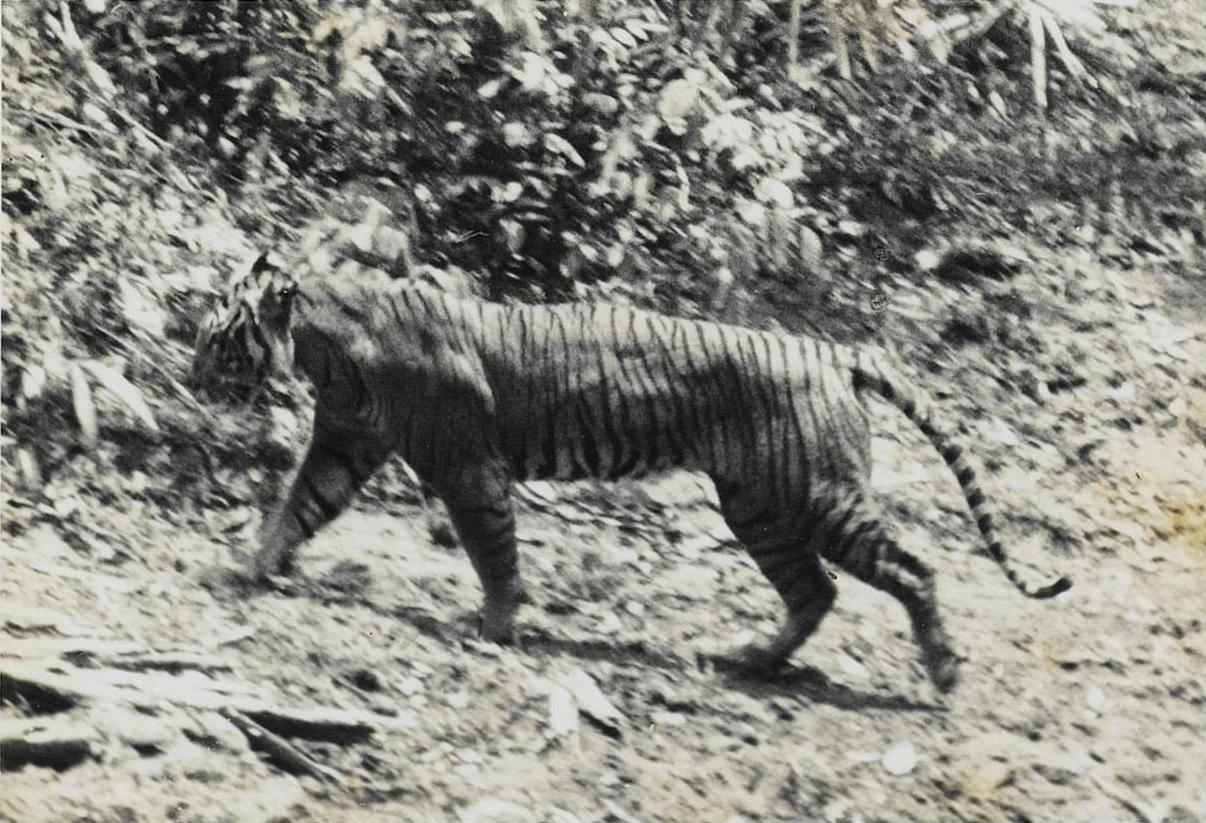|
Lamandau Nature Reserve
The Lamandau Nature Reserve is found in Borneo, Indonesia. This site has an area of . It is home to a number of Bornean orangutans (''Pongo pygmaeus''). It is this reserve that rehabilitates and orphan orangutans are released into by the Orangutan Foundation. (McConkey, 2005) The number of endangered orangutans is currently around 500, but that number is gradually growing as the Lamandau Nature Reserve implements a program of rehabilitation and release of orangutans into the natural environment. See also *Lamandau River Lamandau River ( id, Sungai Lamandau) is a river of Kalimantan, southern-central Borneo, Indonesia. Downstream after passing the village of Nanga Bulik it becomes the Kotawaringin River. The ancient town of Kotawaringin is located in the valley ... Further reading McConkey, M. 2005. Bornean Orangutan, In Caldecotte, J. and Miles., eds, World Atlas of Great Apes and their conservation. Prepared at the UNEP World Conservation Monitoring Centre. University of Ca ... [...More Info...] [...Related Items...] OR: [Wikipedia] [Google] [Baidu] |
Kalimantan
Kalimantan () is the Indonesian portion of the island of Borneo. It constitutes 73% of the island's area. The non-Indonesian parts of Borneo are Brunei and East Malaysia. In Indonesia, "Kalimantan" refers to the whole island of Borneo. In 2019, President of Indonesia Joko Widodo proposed that Indonesia's capital be moved to Kalimantan, and in January 2022 Indonesian legislature approved the proposal. The shift is expected to take up to 10 years. Etymology The name ''Kalimantan'' is derived from the Sanskrit word ''Kalamanthana'', which means "burning weather island", or island with a very hot temperature, referring to its hot and humid tropical climate. It consists of the two words '' kal ' ("time, season, period") and ''manthan ' ("boiling, churning, burning"). The indigenous people of the eastern region of Borneo referred to their island as ''Pulu K'lemantan'' or "Kalimantan" when the sixteenth century Portuguese explorer Jorge de Menezes made contact with them. Its associa ... [...More Info...] [...Related Items...] OR: [Wikipedia] [Google] [Baidu] |
Borneo
Borneo (; id, Kalimantan) is the third-largest island in the world and the largest in Asia. At the geographic centre of Maritime Southeast Asia, in relation to major Indonesian islands, it is located north of Java, west of Sulawesi, and east of Sumatra. The island is politically divided among three countries: Malaysia and Brunei in the north, and Indonesia to the south. Approximately 73% of the island is Indonesian territory. In the north, the East Malaysian states of Sabah and Sarawak make up about 26% of the island. The population in Borneo is 23,053,723 (2020 national censuses). Additionally, the Malaysian federal territory of Labuan is situated on a small island just off the coast of Borneo. The sovereign state of Brunei, located on the north coast, comprises about 1% of Borneo's land area. A little more than half of the island is in the Northern Hemisphere, including Brunei and the Malaysian portion, while the Indonesian portion spans the Northern and Southern he ... [...More Info...] [...Related Items...] OR: [Wikipedia] [Google] [Baidu] |
Indonesia
Indonesia, officially the Republic of Indonesia, is a country in Southeast Asia and Oceania between the Indian and Pacific oceans. It consists of over 17,000 islands, including Sumatra, Java, Sulawesi, and parts of Borneo and New Guinea. Indonesia is the world's largest archipelagic state and the 14th-largest country by area, at . With over 275 million people, Indonesia is the world's fourth-most populous country and the most populous Muslim-majority country. Java, the world's most populous island, is home to more than half of the country's population. Indonesia is a presidential republic with an elected legislature. It has 38 provinces, of which nine have special status. The country's capital, Jakarta, is the world's second-most populous urban area. Indonesia shares land borders with Papua New Guinea, East Timor, and the eastern part of Malaysia, as well as maritime borders with Singapore, Vietnam, Thailand, the Philippines, Australia, Palau, and India ... [...More Info...] [...Related Items...] OR: [Wikipedia] [Google] [Baidu] |
Bornean Orangutan
The Bornean orangutan (''Pongo pygmaeus'') is a species of orangutan endemic to the island of Borneo. Together with the Sumatran orangutan (''Pongo abelii'') and Tapanuli orangutan (''Pongo tapanuliensis''), it belongs to the only genus of great apes native to Asia. Like the other great apes, orangutans are highly intelligent, displaying tool use and distinct cultural patterns in the wild. Orangutans share approximately 97% of their DNA with humans. Also called mias by the local population, the Bornean orangutan is a critically endangered species, with deforestation, palm oil plantations, and hunting posing a serious threat to its continued existence. Taxonomy The Bornean orangutan and the Sumatran orangutan diverged about 400,000 years ago, with a continued low level of gene flow between them since then. The two orangutan species were considered merely subspecies until 1996; they were elevated to species following sequencing of their mitochondrial DNA. The Bornean orangutan h ... [...More Info...] [...Related Items...] OR: [Wikipedia] [Google] [Baidu] |
Orangutan Foundation
Orangutans are great apes native to the rainforests of Indonesia and Malaysia. They are now found only in parts of Borneo and Sumatra, but during the Pleistocene they ranged throughout Southeast Asia and South China. Classified in the genus ''Pongo'', orangutans were originally considered to be one species. From 1996, they were divided into two species: the Bornean orangutan (''P. pygmaeus'', with three subspecies) and the Sumatran orangutan (''P. abelii''). A third species, the Tapanuli orangutan (''P. tapanuliensis''), was identified definitively in 2017. The orangutans are the only surviving species of the subfamily Ponginae, which diverged genetically from the other hominids (gorillas, chimpanzees, and humans) between 19.3 and 15.7 million years ago. The most arboreal of the great apes, orangutans spend most of their time in trees. They have proportionally long arms and short legs, and have reddish-brown hair covering their bodies. Adult males weigh about , while females ... [...More Info...] [...Related Items...] OR: [Wikipedia] [Google] [Baidu] |
Lamandau River
Lamandau River ( id, Sungai Lamandau) is a river of Kalimantan, southern-central Borneo, Indonesia. Downstream after passing the village of Nanga Bulik it becomes the Kotawaringin River. The ancient town of Kotawaringin is located in the valley formed by the river and its tributary along with gold and gemstone mining areas. In the upper reaches of the tributary valley of Arut River the Pangkalan Bun town flourishes on its banks. Hydrology Lamandau River flows through southern Central Kalimantan and Pangkalan Bun, discharging into the Java Sea near Kumai at . It is a major tributary of Kotawaringin River, known by this name after its confluence below Naga Bulik village. Tributaries include the Arut River, where in its upper reaches the Pangkalan Bun town is located. While the lower reaches of the river are densely populated, the upper reaches have contiguous forest areas where Orangutans can be seen. Kotawaringin town to the west of the Lamandau River was an ancient capital of a ... [...More Info...] [...Related Items...] OR: [Wikipedia] [Google] [Baidu] |
Protected Areas Of Indonesia
Protected areas of Indonesia comprise both terrestrial and marine environments in any of the six IUCN Protected Area categories. There are over 500 protected areas in Indonesia, of which 54 National Park are covering 16.4 million ha, and another 527 nature and game reserves cover further 28.3 million ha. The total protected land area represents over 15% of Indonesia's landmass. Marine Protected Areas comprise over 15.7 million ha representing ca. 5% of territorial waters. History In 1916 the colonial government of the Dutch East Indies introduced the Natural Monuments Ordinance, which led to the gazetting of 43 nature reserves in the following decade. The first two large reserves were Ujung Kulon (1921) protecting the Javan rhinoceros and Lorentz (1923) protecting indigenous tribes. In 1932 through the Ordinance on Nature reserves and Wildlife Sanctuary a new legal framework for protected areas has been established. By 1940 a network of 101 nature monuments and 35 wildlife sanct ... [...More Info...] [...Related Items...] OR: [Wikipedia] [Google] [Baidu] |



